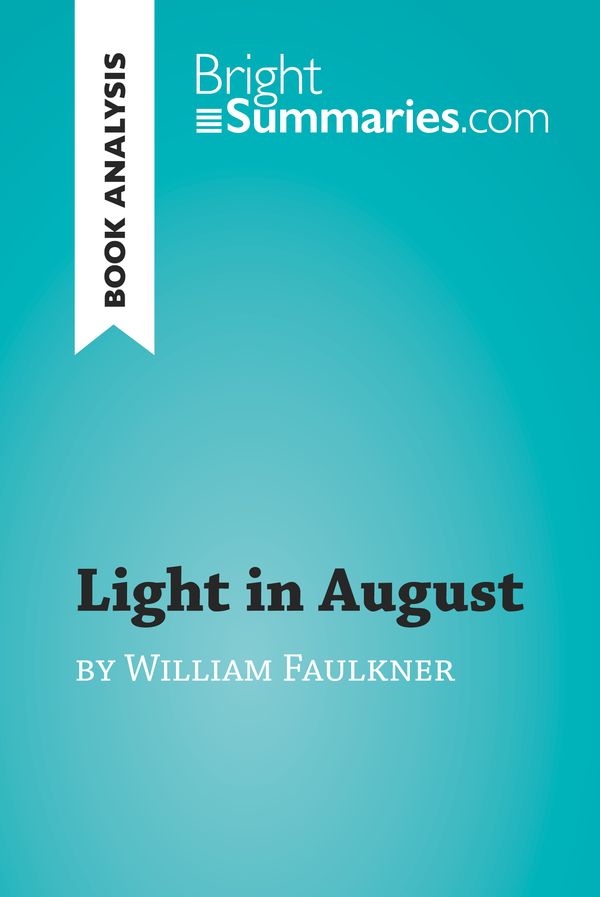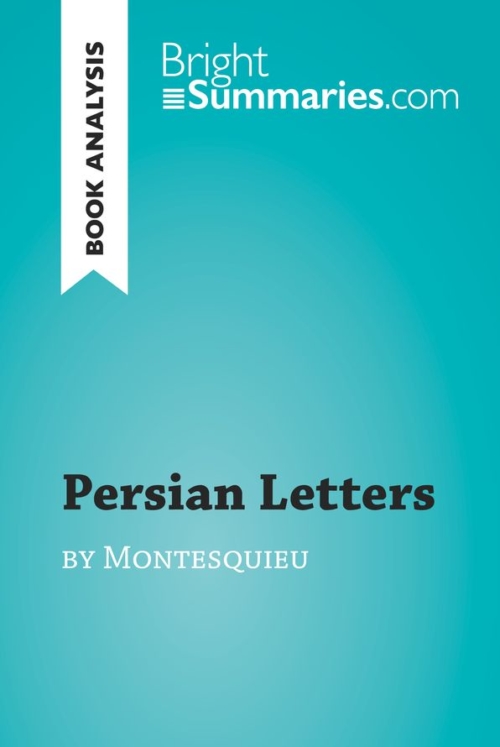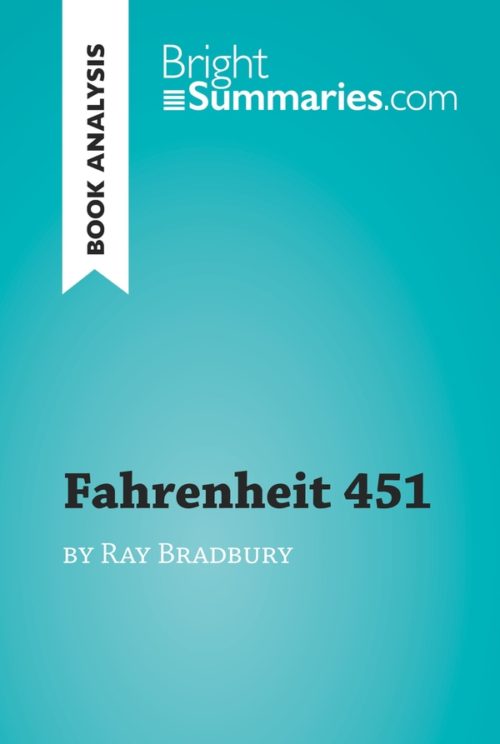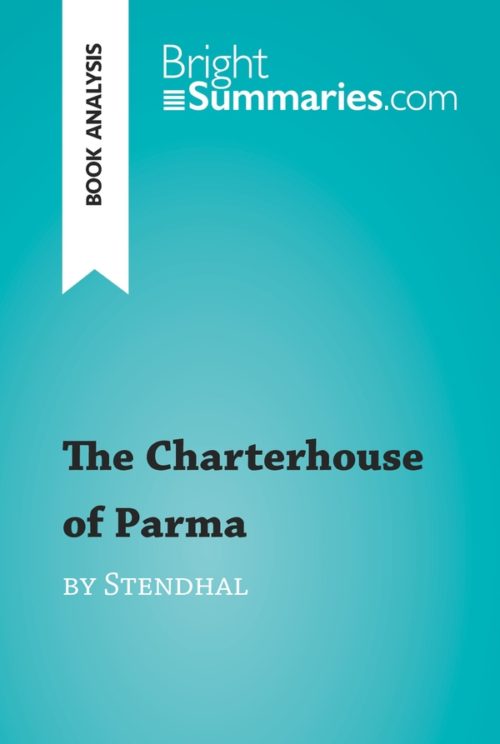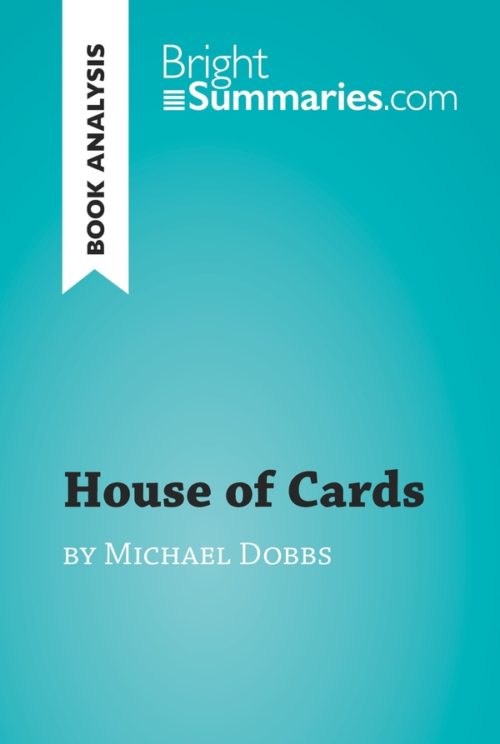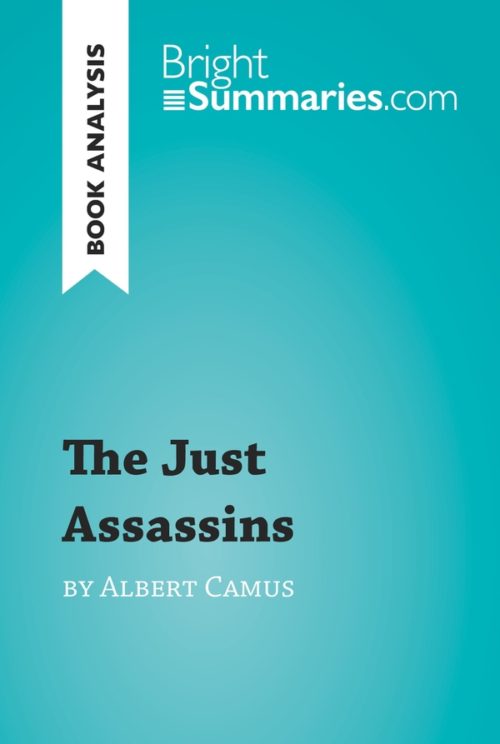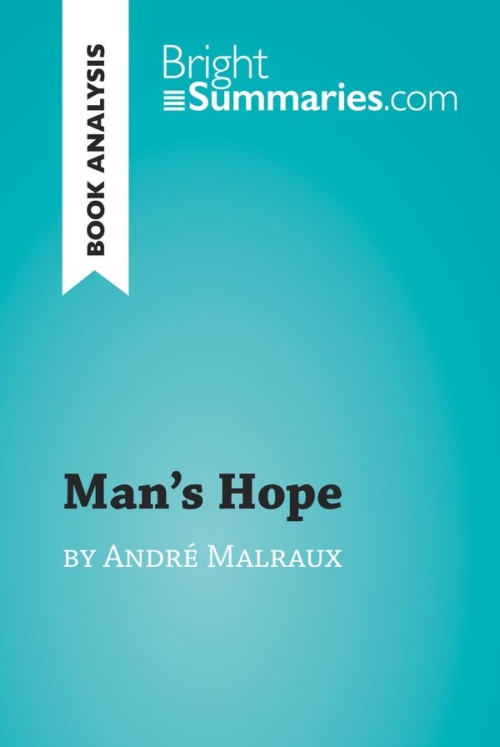Light in August by William Faulkner (Book Analysis)
Light in August by William Faulkner (Book Analysis)
Detailed Summary, Analysis and Reading Guide
Read more
This practical and insightful reading guide offers a complete summary and analysis of Light in August by William Faulkner. It provides a thorough exploration of the novel’s plot, characters and main themes, including prejudice in all its forms, conformity and outsiderdom, and the power of the past. The clear and concise style makes for easy understanding, providing the perfect opportunity to improve your literary knowledge in no time.
This clear and detailed 70-page reading guide is structured as follows:
- Biography of William Faulkner
- Presentation of Light in August
- Summary of Light in August
- Character study
- Lena Grove
- Joe Christmas
- Reverend Gail Hightower
- Lucas Burch/Joe Brown
- Byron Bunch
- Joanna Burden
- Analysis of Light in August
- Outsiders and their identities
- Normativity: religion, gender politics and racial prejudice
- Ghosts of the past and the American South
About Light in August
Light in August is set in the Deep South of the interwar period, and depicts communities marked by deep-seated conservatism and racial and class prejudice. In this fraught atmosphere, Lena Grove travels in search of the father of her unborn illegitimate child, and Joe Christmas seeks a sense of identity and belonging, only to be rejected by every community due to his mixed-race heritage.
Light in August is among Faulkner’s best-known works, and was included in the Modern Library’s 1998 list of the 100 best novels of the 20th century.
About William Faulkner
William Faulkner was one of the most influential American authors of the 20th century. He grew up in rural Mississippi, which also serves as the setting for many of his novels. Although his work did not initially attract much attention, the controversy that accompanied some of his later works brought him to widespread fame, and his work is now recognised as some of the most experimental and complex literature of the 20th century. He was awarded the 1949 Nobel Prize in Literature, and continued to write until shortly before his death in 1962.
Product details
| ISBN | 9782808019606 |
|---|---|
| Publisher | Plurilingua Publishing |
| Collection | Brightsummaries.com |
| Format | |
| Pages | 70 |
| File size | 2.3 MB |

